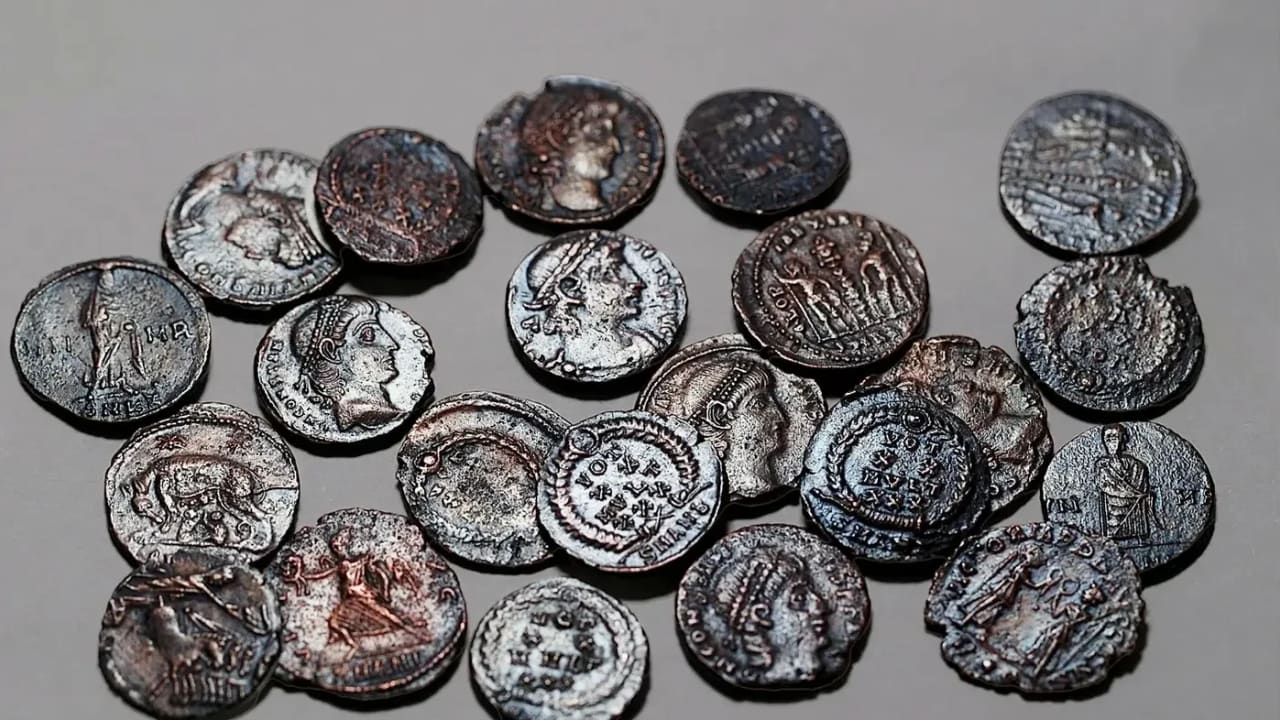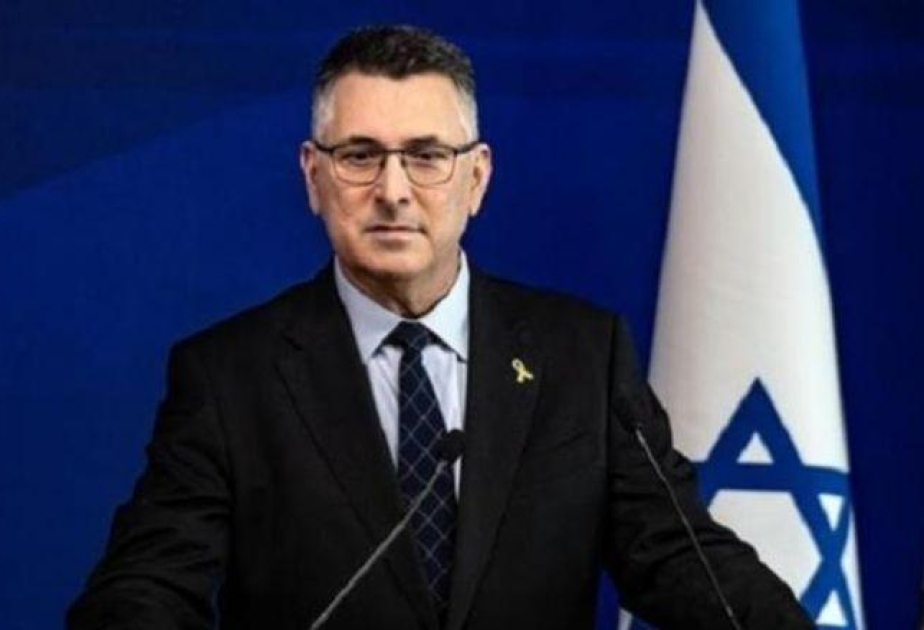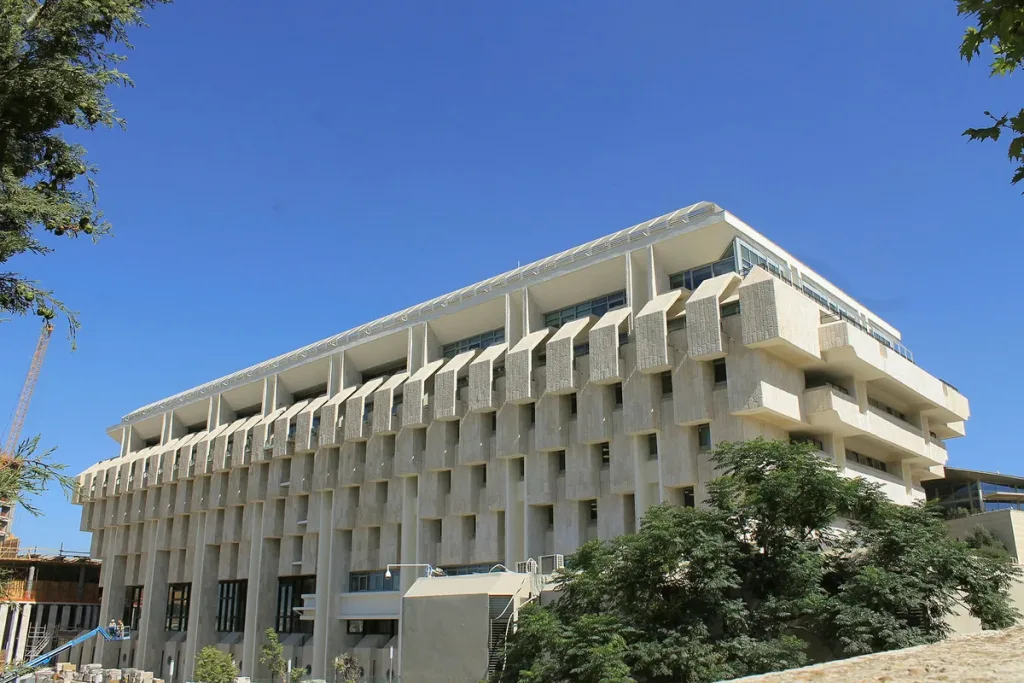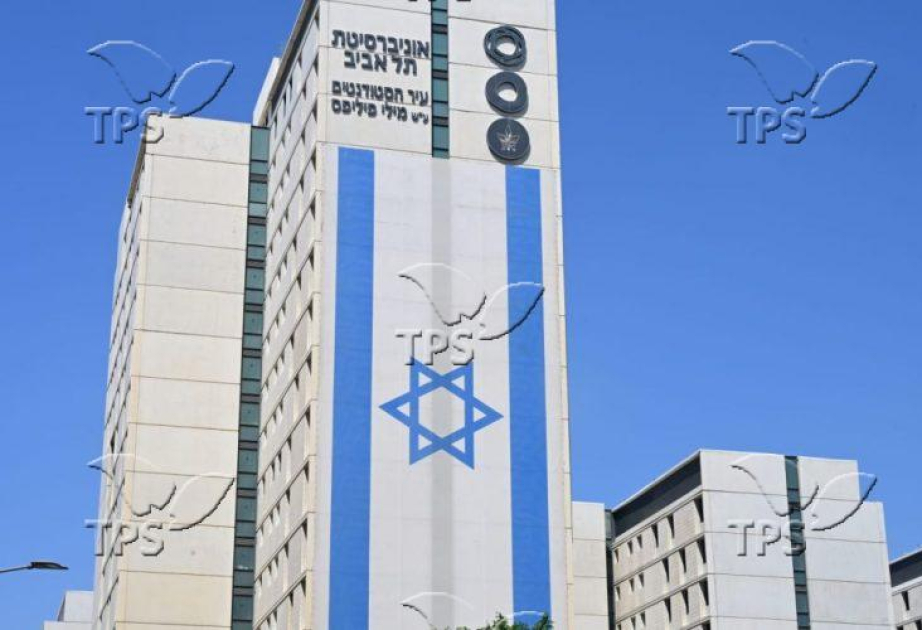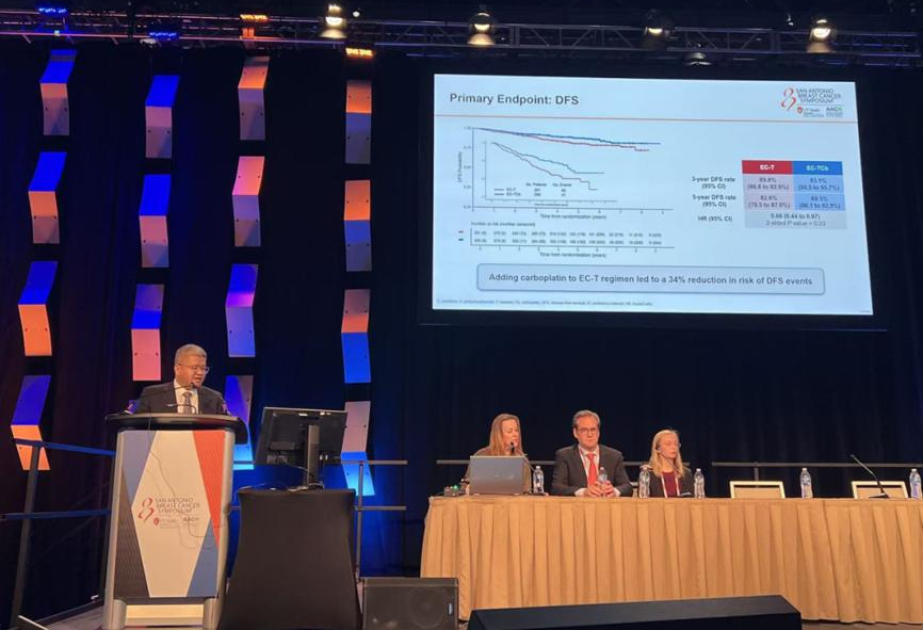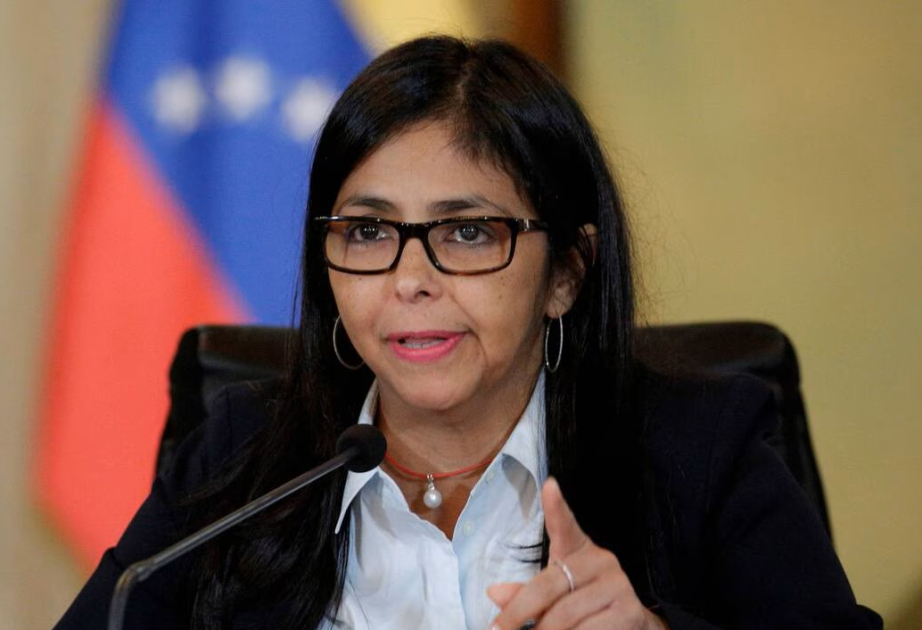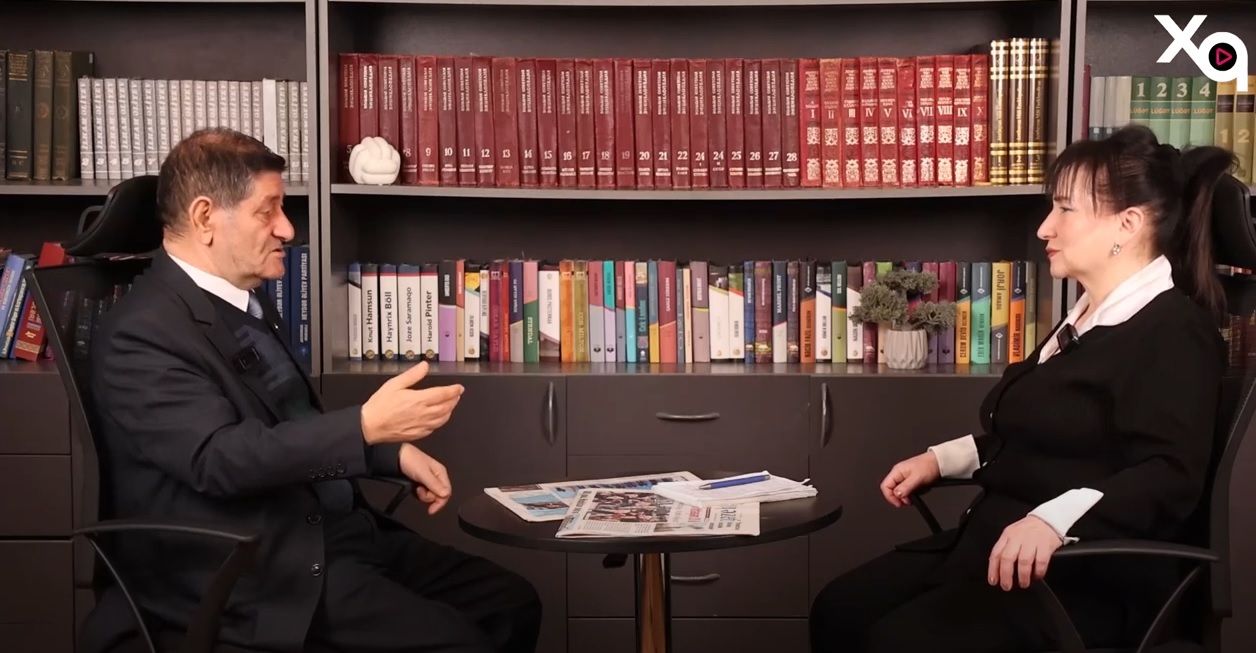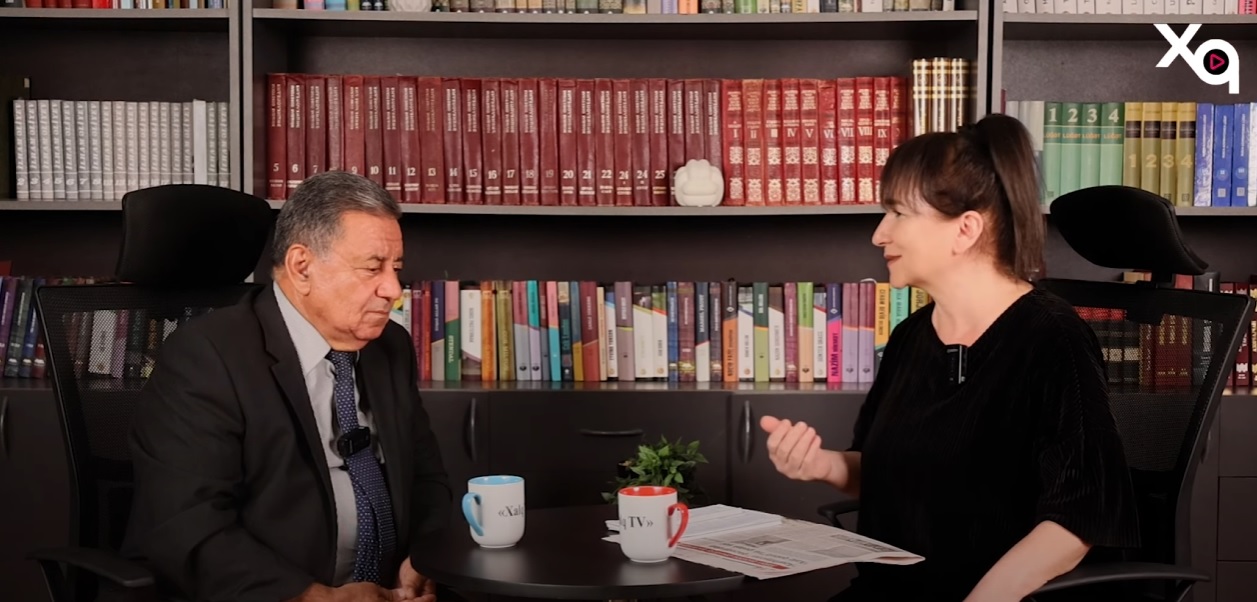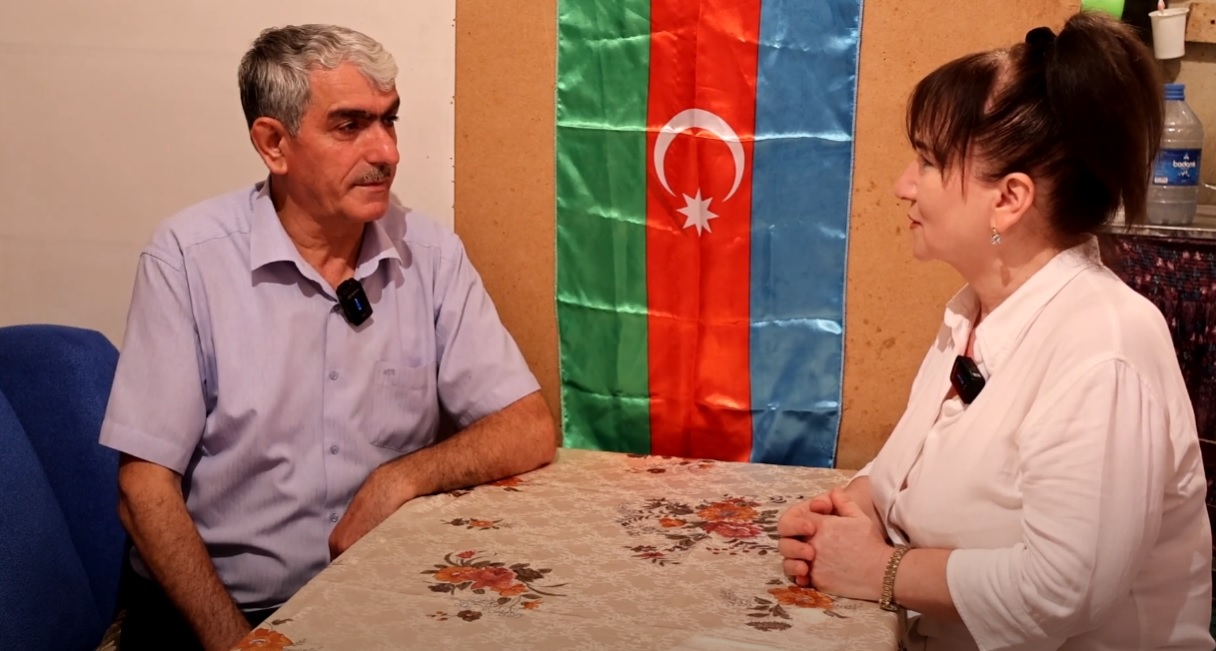Jerusalem Post
ByPESACH BENSON
The coins were unearthed in Hukok, an ancient Jewish settlement near the Sea of Galilee associated with Jewish resistance under Roman rule
A rare hoard of 22 copper coins dating back more than 1,600 years has been uncovered in a hidden underground complex in the Lower Galilee, offering a tangible link to the region’s Jewish history under Roman rule, the Israel Antiquities Authority announced on Thursday.
The coins were unearthed in Hukok, an ancient Jewish settlement near the Sea of Galilee associated with Jewish resistance under Roman rule.
“The discovery of the rare hoard of coins in the Hukok hiding complex is a living testimony to the determination of the Jews of the Galilee and their ongoing struggle to maintain their identity and traditional Jewish lifestyle even in difficult times under Roman rule,” said Israeli Heritage Minister Rabbi Amichai Eliyahu. “Finds of this type connect us directly to the lives of our ancestors and remind us of the depth of our historical roots here.”
The coins were found in a pit at the end of a narrow winding tunnel within the Hukok hiding complex, one of the largest and most intricate underground networks in the Galilee. Originally carved during the Great Revolt of 66–70 CE and expanded for the Bar-Kochba Revolt of 132–136 CE, the tunnels were expected to yield artifacts from those periods. Instead, the coins bore the images of Emperors Constantius II and Constans I, dating them to the 4th century CE, during the lesser-known Gallus Revolt of 351–352 CE—the last Jewish rebellion under Roman rule.
The coins' owners intended to return to collect them
“It seems that the people stashing this hoard carefully planned its hiding place, hoping to return to it when the threatening troubles were over,” said researchers Uri Berger of the Israel Antiquities Authority and Prof. Yinon Shivtiel of Zefat Academic College, which is jointly excavating the site with the Antiquities Authority. “The hoard provides, in all probability, unique evidence that this hiding complex was used in another crisis, hundreds of years after it was originally built—a rebellion for which we have only scant historical records.”
The Hukok complex, excavated between 2019 and 2023, connects a series of underground spaces through narrow passages and winding tunnels. The dig involved students from Zefat Academic College, volunteers from the Israel Cave Explorer Club, soldiers, and local residents.
“Fortunately, it was the many volunteers excavating the hiding complex who actually uncovered this important treasure, and they enjoyed the great joy and excitement of discovery. The excavation became not only a scientific event but also a significant communal educational experience,” said Dr. Einat Ambar-Armon, director of the Israel Antiquities Authority Community Archaeological Educational Center in the Northern Region.
The Keren Kayemet LeYisrael–Jewish National Fund is developing the site for archaeological tourism.
The coin hoard will be presented for the first time this week at a conference hosted by Kinneret Academic College. A study of the findings is due to be published in the Israel Numismatic Research Journal.


